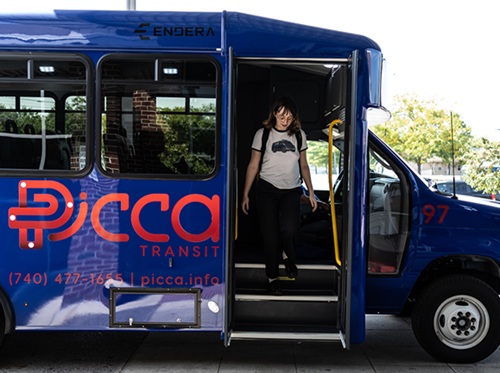In this episode of the ETAP Podcast, Paula Hammond – market leader-multimodal at consulting firm WSP USA and a former secretary of the Washington State Department of Transportation – talks about the career challenges and opportunities for women in the transportation industry.
[Photo of Paula Hammond courtesy of WSP USA.]
Hammond – a civil engineer who spent 34 years at WSDOT, eventually becoming the state’s first woman secretary – said on the podcast she joined the transportation industry right out of college because “transportation touches people’s lives every single day. And while I never knew I would stay in this field as long as I have, every position I’ve held has been different and gratifying.”
Hammond said that America is now in a “transformational period” when it comes to transportation, which is providing a wider array of professional disciplines and job choices than ever before to women – everything from “planning and communicating positions to environmental and scientific fields.”
She added that state departments of transportation around the country now have CEOs and top lieutenants in place with “expectations” regarding the advancement of women in the transportation industry and are providing provide resources and mentorships to help further those advancement efforts.
“That is how I progressed in my career – I had great opportunities and mentoring along the way, supporting my progression through the agency,” she said. “I paid my dues and got my experience.”
Hammond – who also serves as the chair for the WTS International board of directors – also helped lead a survey of anti-human trafficking efforts among state DOTs for the National Cooperative Highway Research Program, which is overseen by the Transportation Research Board. “We’ve found that state DOTs can supply data, knowledge, and expertise to law enforcement to help stop human trafficking,” she explained in a presentation two years ago. “So our next step, as we move from the broad survey to more detailed interviews and case studies with state DOTs active in this area, is to help others learn ‘best practices’ from them as well as how to fill any existing gaps.”
 Environmental Justice
Environmental Justice
Ohio Issues Over $13M in Public Transit Funding
December 3, 2025 Podcast
Podcast


